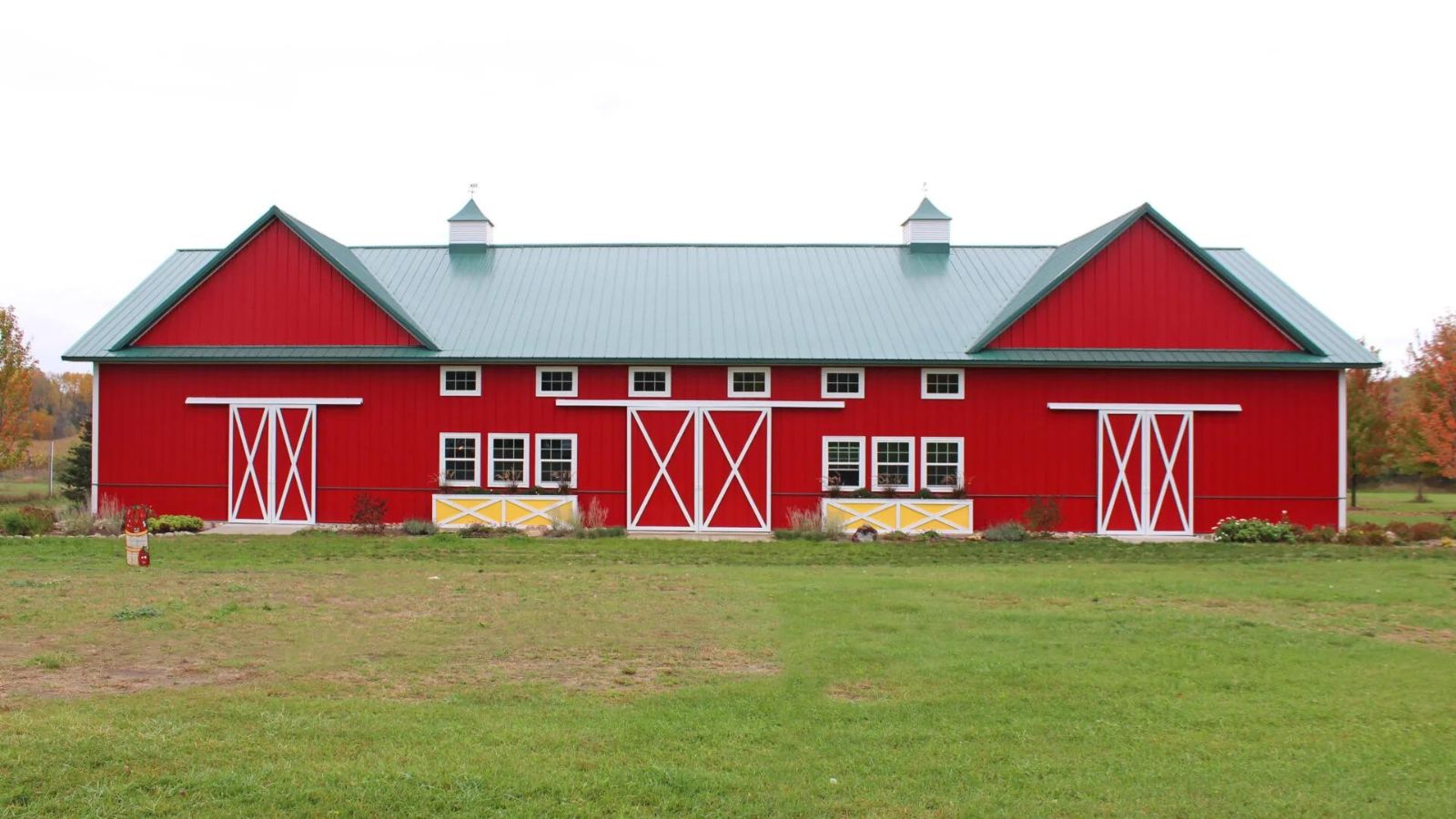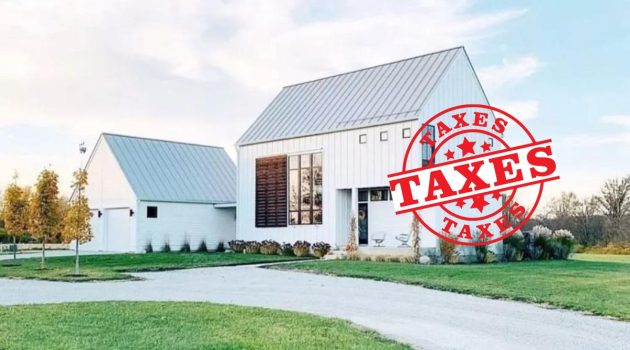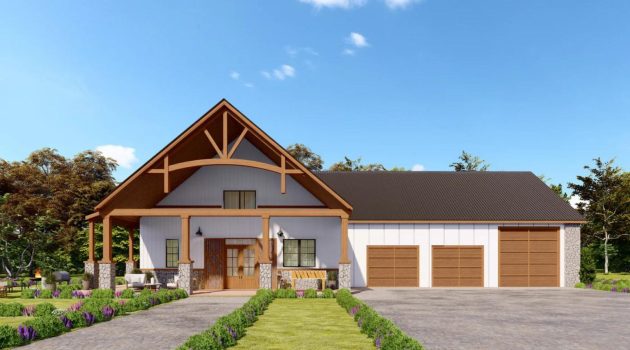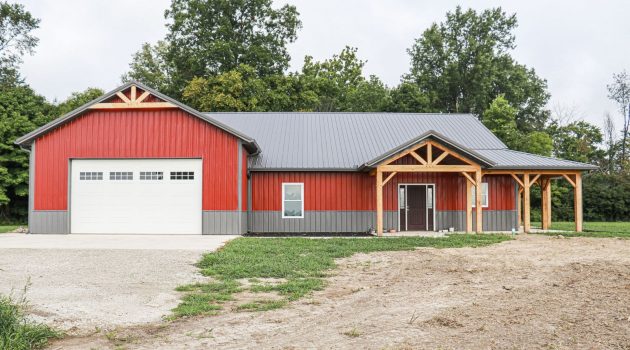Choosing the right color combination for your pole barn can make a significant difference in its appearance and functionality.
Whether you prefer vibrant hues or classic earth tones, selecting the right colors can reflect your style and enhance the overall look of your property.
By using a pole barn color visualizer, you can easily test different combinations and see how they will look before making a decision.
Many people like to match their pole barn colors with their house, creating a cohesive theme across their property. However, you might want to explore contrasting colors for a more striking design.
Pole barns often have two main colors: one for the siding and another for the roof. This allows for various creative combinations that can showcase your personality.
If you are looking for inspiration, there are popular color choices to consider, such as charcoal gray, red, and white. Tools like DIY’s Color Selector and other visualizers can help you see multiple options and find the perfect match for your barn.
Making the right color choice will not only enhance the curb appeal but also personalize your space.
Essential Color Concepts for Pole Barns

Choosing the right colors for your pole barn involves understanding color theory, how different colors affect the overall look, and how to create a cohesive palette.
Understanding Color Theory
Color theory is the foundation of any design. Hue, saturation, and brightness are the key elements. Hue is the color itself, like red, green, or blue. Saturation describes how pure or intense a color is, while brightness refers to how light or dark a color appears.
To create a balanced look, you can use a color wheel. It helps you match complementary colors (colors opposite each other on the wheel) or analogous colors (colors next to each other on the wheel).
Sherwin-Williams offers useful color tools and charts to help choose the perfect colors.
The Impact of Colors on Pole Barn Aesthetics
Colors have a huge influence on the aesthetics of your pole barn. Bright colors like red and blue make a bold statement and stand out. Earthy tones like brown and green blend well with natural surroundings.
It’s also essential to consider how colors age and weather over time. Lighter colors may show dirt more easily, while darker colors might fade less noticeably.
You can visualize these effects by looking at color samples and color charts provided by your paint supplier.
Choosing Your Color Palette
When choosing a color palette, think about the barn’s purpose and your personal taste. If you want a classic look, colors like red or white are popular. For a modern feel, try shades of grey or black.
You can mix a main color with accent colors for trim or doors to add character.
Two-tone designs can also create a striking effect. For instance, a beige body with dark green trim can look both sophisticated and eye-catching.
Using tools like a color selector or visualizing designs through color charts can help you see the best combinations for your pole barn.
Integrating the Environment with Color Design
Choosing colors that blend well with the natural environment and local surroundings can enhance the overall appeal of your pole barn. Consider regional preferences, weather conditions, and the unique landscape to create a harmonious and visually pleasing design.
Harmonizing with Natural Surroundings
Start by looking at the colors present in the natural environment around your pole barn. Greens and browns often work well as they match with trees and foliage.
For areas with lots of greenery like evergreen forests, deep greens and earthy browns can help your barn blend in naturally.
In farmland settings, think about tan and golden hues that mimic the natural soil and crops.
Using a color visualizer tool can help you visualize how different combinations will look in your particular setting.
Impact of Location on Color Choices
Your pole barn’s location plays a big role in determining the best color combinations. In coastal areas, blue and white might reflect the maritime vibe, while desert regions could benefit from sandy tans and light browns.
Additionally, consider the weather conditions. In sunny regions, lighter colors like white or light stone can reflect heat and keep the barn cooler.
Meanwhile, darker tones like charcoal or black could be more fitting for areas that experience colder temperatures, as they absorb heat.
Regional preferences might also influence your choice, as certain areas have traditional color schemes that are widely appreciated. Always think about how seasonal changes and weather patterns will interact with the colors you choose.
Color Alternatives for Different Pole Barn Types

Choosing the right color for your pole barn can enhance its appearance and fit the specific purpose of the building. From agricultural barns to residential and commercial buildings, each type has its own set of preferred color options.
Agricultural Barns and Sheds
When painting agricultural barns and sheds, you often want to blend practicality with tradition. Classic colors like barn red and brite white are popular and easily recognizable.
These colors help to reflect historical styles while remaining practical for farm life.
For siding, colors like hartford green and burnished slate can offer a rustic and natural look. Roofing options in galvalume or charcoal gray can provide durability and a timeless appearance.
Using a barn color visualizer can help you see how these colors will look on your building.
Residential Garages and Workshops
For residential garages and workshops, appearance and style are key factors. Modern color choices like matte black and ash gray are popular, giving a sleek and stylish look. You can consult brands like Sherwin-Williams for a wide range of premium options.
Pairing siding in colors like patina green or ash gray with a galvalume roof can give a clean and modern appearance. Trim colors can include lighter shades like brite white to offer contrast and visual appeal.
Commercial and Industrial Buildings
For commercial and industrial buildings, the focus is often on creating a professional and appealing look. Neutral colors such as charcoal gray and galvalume dominate these environments due to their clean and sharp aesthetics.
Siding options in burnished slate or hartford green can add a touch of sophistication. Using a barn color visualizer allows you to preview how these colors will align with your branding.
Roofing options in brite white can help with better light reflection and temperature control, making it practical for commercial use.
By choosing the right color combinations for different pole barn types, you can ensure both functionality and aesthetic appeal, making your building stand out and serve its purpose effectively.



